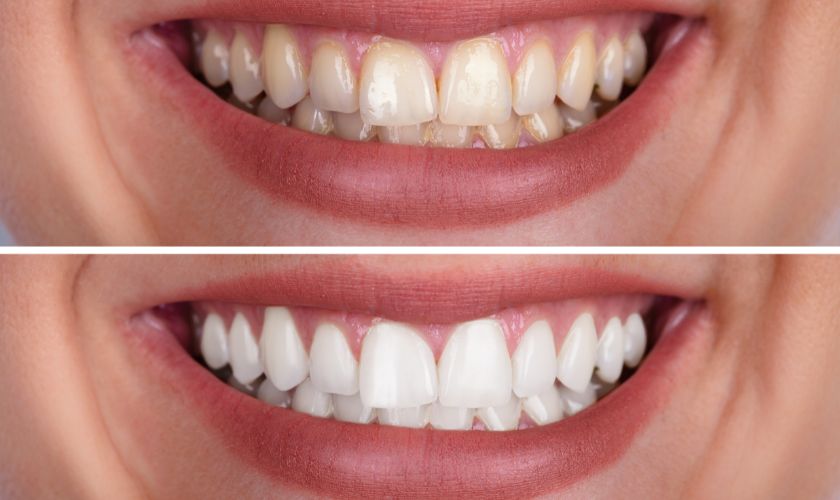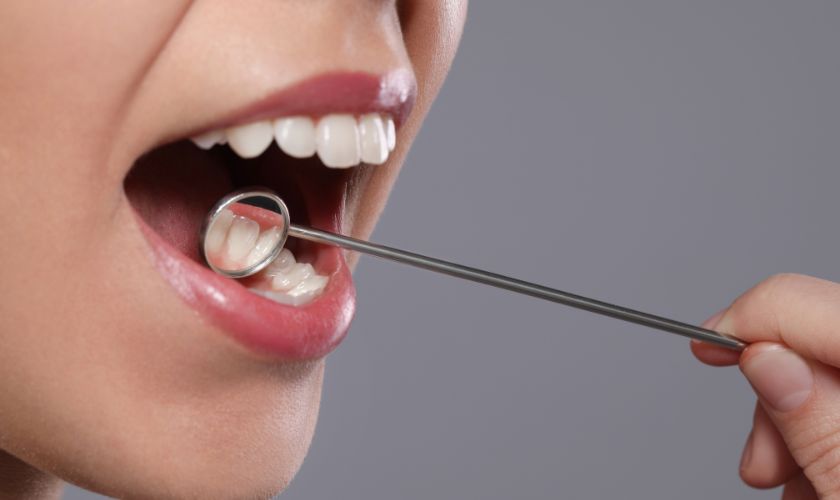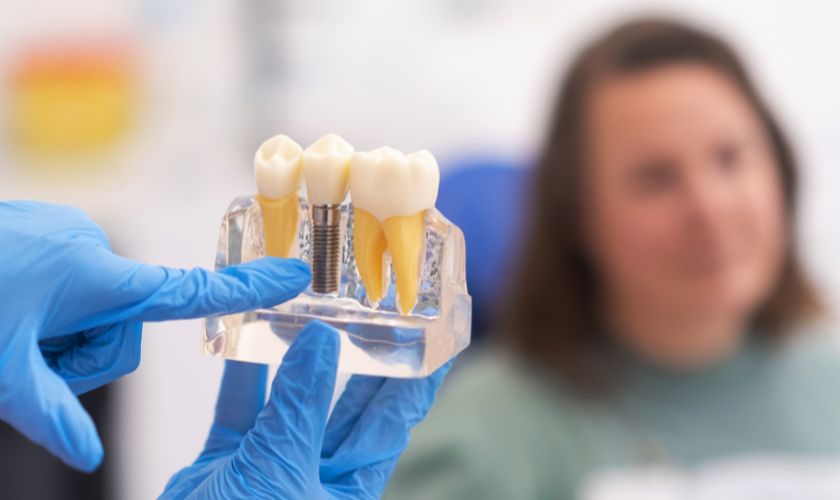503-590-7574
What Are The Four Stages Of Periodontal Disease?
January 23, 2023
Periodontal disease

Periodontal disease, also known as gum disease, is an infection of the gums and other parts of the mouth that can lead to tooth loss. Periodontal disease generally progresses through four stages: gingivitis, early periodontitis, moderate periodontitis, and advanced periodontitis. Knowing the signs of each stage can help you identify if you have gum disease and get it treated before it becomes too severe.
Gingivitis
Gingivitis is considered to be the first stage of Periodontal Disease. It is caused by inflammation in the gums due to bacteria accumulating on and around your teeth from inadequate brushing and flossing. Symptoms include redness or swelling of the gums, tenderness or pain when touched, and bleeding when brushing.
Early Periodontitis
If left untreated, gingivitis can progress to early periodontitis. At this stage, the plaque has spread deeper below the gum line, where it causes damage to underlying tissue and bone. This leads to pockets forming between your teeth and gums, which become prone to infection. Symptoms include:
- A persistent bad taste in your mouth.
- Pus around your teeth and gums.
- Pain while chewing or biting down on food.
- Increased sensitivity of your teeth due to exposed roots.
Moderate Periodontitis
Moderate Periodontitis is caused by an accumulation of tartar (hardened plaque) that has spread to the underlying bone and caused further damage. This leads to more pockets forming around your teeth and gums, allowing for deeper bacterial infection. Symptoms include loose teeth, receding gums, and pain when eating or drinking hot/cold items.
Advanced Periodontitis
Advanced Periodontitis is the most severe stage of Periodontal Disease. At this point, bacteria have accumulated on your teeth and gum line, resulting in irreversible damage to your supporting tissue and bones due to a loss of attachment between them. It can result in tooth loss and abscesses where pus collects near the affected area, causing discomfort or even pain.
Conclusion
Periodontal disease is a severe condition that can lead to tooth loss and other health complications if not treated promptly. Knowing the signs of each stage can help you identify if you have Periodontal Disease and get it treated before it becomes too severe.
FAQs
1) What is Periodontal Disease? Periodontal Disease, also known as gum disease, is an infection of the gums and other parts of the mouth that can lead to tooth loss.
2) What are the stages of Periodontal Disease? Periodontal Disease generally progresses through four stages: gingivitis, early periodontitis, moderate periodontitis, and advanced periodontitis.
3) How can I prevent Periodontal Disease? Periodontal Disease can be prevented by following proper oral hygiene practices such as brushing twice daily, flossing once a day, and visiting your dentist for regular cleanings.
Recent Posts

Gum Recession: Causes, Treatments, and Maintaining a Healthy Smile

Maximizing Recovery: Dos and Don’ts Following Tooth Extraction

What is the Best Method to Whiten Teeth?

When Should You Schedule an Oral Cancer Screening?

